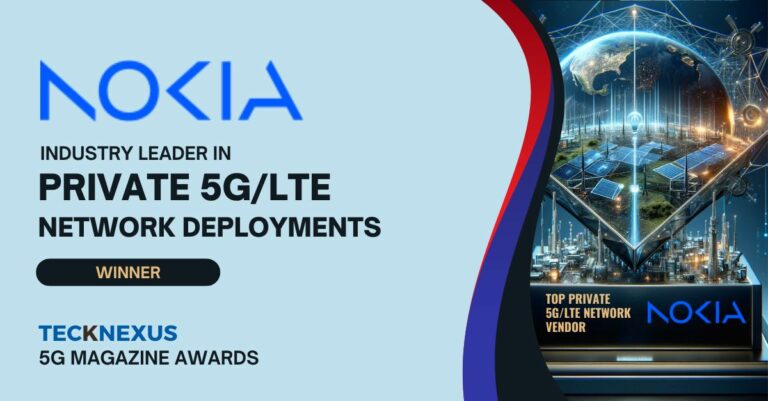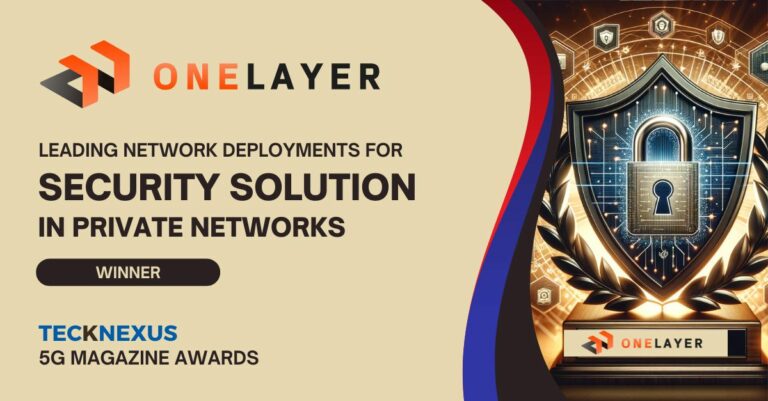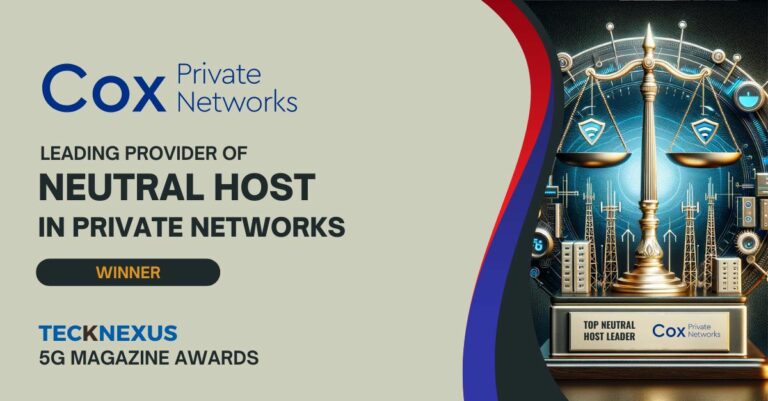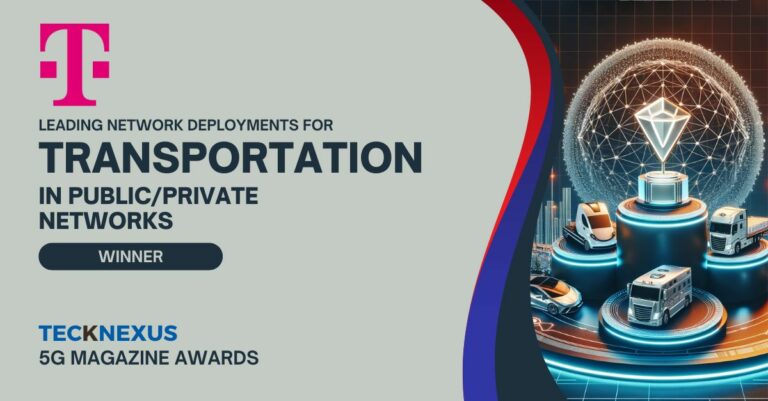5G Public/Private Networks Security: Introduction
As enterprises navigate the complexities of digital transformation, the introduction of private 5G networks offers a pragmatic and targeted approach to connectivity. These networks are designed to meet the specific needs of businesses by providing a more controlled, efficient, and secure wireless communication option compared to their public counterparts. With private 5G, organizations can benefit from tailored network solutions that offer improved capacity, customization, and potentially better coverage in challenging environments.
The significance of private 5G in the enterprise landscape is underscored by its utility in a variety of practical applications. It is particularly relevant for industrial environments that require reliable, low-latency communication for machine-to-machine interactions, or for businesses that operate across extensive campuses where traditional wireless solutions fall short.
While private 5G networks bring several benefits, they are not without challenges. The sophistication of these networks demands a robust and layered security strategy. In a climate where cyber threats are increasingly sophisticated and pervasive, securing private 5G infrastructures is not just an enhancement of their value proposition—it is an essential component of their implementation.
The security of private 5G networks must be addressed with a realistic and comprehensive approach, taking into account the current threat landscape and the particular vulnerabilities associated with both the technology itself and the critical business functions it supports. As such, the focus for enterprises is not solely on the adoption of private 5G but on the simultaneous development of a security posture that is both resilient and adaptable to the unique risks posed by this emerging technology.
Private 5G Security: The Most Secure Option?
Private 5G networks are becoming increasingly relevant for enterprises seeking secure and reliable connectivity. While security is often cited as a key advantage, it is important to understand the specific features that contribute to this enhanced security and how private 5G compares to other options.
Security Features of Private 5G Networks
The core of private 5G security lies in its architecture. A private 5G network, in its most secure form, is entirely isolated from the public network. It is hosted and managed on-site by the enterprise itself, granting full control over the network’s operations.
This isolation drastically minimizes the risk of security breaches, as the network isn’t exposed to the vulnerabilities of the public internet. Private 5G networks employ advanced encryption protocols, stringent access controls, and the ability to monitor and manage network traffic closely.
Collectively, these features create a robust security framework that is less susceptible to unauthorized access and cyber threats. Additionally, the ability to configure network slices—separate virtual networks with distinct security protocols—adds layers of security and allows for customized control depending on the sensitivity of the data being handled.
Comparison with Other Connectivity Options
When evaluating the security aspects of various enterprise connectivity options, it’s instructive to compare private 5G not only with WiFi and private LTE but also with Ethernet (wired connections). Here is a comparative table that outlines the key security features of these connectivity solutions:
| Feature |
Private 5G |
Private LTE |
Ethernet (Wired) |
WiFi |
| Isolation |
Full network isolation is possible |
Full network isolation is possible |
Inherently isolated |
Shared medium, less isolated |
| Encryption |
Advanced encryption capabilities |
Less advanced than 5G |
Encryption depends on protocols |
Encryption less robust |
| Access Control |
SIM-based authentication |
SIM-based authentication |
Physical and protocol-based |
SSID and password |
| Network Control |
Full operational control on-site |
Full operational control on-site |
Full control, limited flexibility |
Less control, more exposure |
| Network Slicing |
Supported customized security |
Not supported |
Not applicable |
Not supported |
| Integration with Edge Computing |
Seamless, enhances security |
Possible but less integrated |
Possible, can be very secure |
Less integrated |
| Data Traffic Monitoring |
Easier due to software-defined nature |
More challenging compared to 5G |
Easier due to fixed pathways |
More challenging |
| Attack Surface |
Reduced due to isolation |
Reduced due to isolation |
Minimal, due to no wireless access |
Larger due to wireless access |
| Physical Security |
High, due to controlled environment |
High, due to controlled environment |
Very high, difficult to tap |
Lower, easier to intercept |
| Scalability |
Highly scalable with network slicing |
Scalable but without slicing benefits |
Limited scalability |
Scalable but less secure |
Private 5G networks offer a unique combination of security features that are particularly relevant for businesses with high-security needs. They provide a level of control and customization that is more challenging to achieve with WiFi and private LTE. While Ethernet offers excellent security, particularly in terms of physical control and isolation, it lacks the flexibility and scalability of private 5G, especially when it comes to supporting a vast array of IoT devices and mobile users.
While private LTE is secure, it does not offer the advanced capabilities of 5G, such as network slicing, which allows for even greater control over different segments of the network. WiFi, although widely used and convenient, generally provides a lower level of security compared to dedicated private networks due to its susceptibility to interference and eavesdropping. Each connectivity option has its advantages and trade-offs in terms of security, and the choice often depends on the specific needs and context of the enterprise.
Best Practices for Enterprise Private 5G Security
By adhering to the below guidelines and acknowledging the inherent limitations of 5G technology, enterprises can effectively secure their private 5G networks. This multifaceted approach ensures not only the security of the network but also the reliability and integrity of the enterprise operations it supports.
Implementing Robust Security in Private 5G Networks
- Access Control and Encryption: Ensuring the security of private 5G networks starts with stringent access control, which includes the use of SIM-based authentication and role-based access systems. Complementing this is the necessity for advanced data encryption protocols for both data at rest and in transit, alongside secure encryption key management.
- Network Slicing and Regular Audits: Network slicing is a critical feature in private 5G, enabling the creation of separate, secure virtual networks for different operations. To maintain security integrity, conducting regular audits and ensuring compliance with industry standards and regulations is essential.
- Integration with Existing Security Infrastructure: Effective security in private 5G networks also involves integrating 5G-specific security measures with existing enterprise security systems. This integration should be carefully planned to cater to the unique requirements of 5G networks.
Proactive Threat Management and Staff Training
- Threat Detection and Incident Response: Proactive threat detection using advanced systems is crucial in identifying potential breaches early. A well-defined incident response plan is vital for quick and effective threat mitigation.
- Staff Training and Awareness: Building a robust security environment also requires comprehensive staff training in 5G security protocols. Cultivating a culture of security awareness within the organization is a key defense against security breaches.
- Collaboration and Shared Responsibility: Collaborating with service providers and system integrators is essential in establishing a shared responsibility model for network security. This partnership ensures that all parties involved adhere to the enterprise’s security standards.
Understanding and Mitigating Limitations of 5G Security
- Recognizing Inherent Limitations: Despite their advanced features, private 5G networks are not immune to cyber threats. It is crucial to recognize the limitations of ‘security by design, ‘ which requires additional security layers beyond the default network features.
- Comprehensive Security Approach: Adopting an end-to-end security approach, which includes continuous monitoring and real-time threat detection, is necessary to address vulnerabilities in private 5G networks. This should encompass all network components, including IoT and OT intersections.
- Ongoing Management and Physical Security: Regular updates and patch management are essential in keeping the network secure. Physical security of network equipment, especially in Radio Access Network (RAN) areas, is also a critical aspect of a comprehensive security strategy.



























































